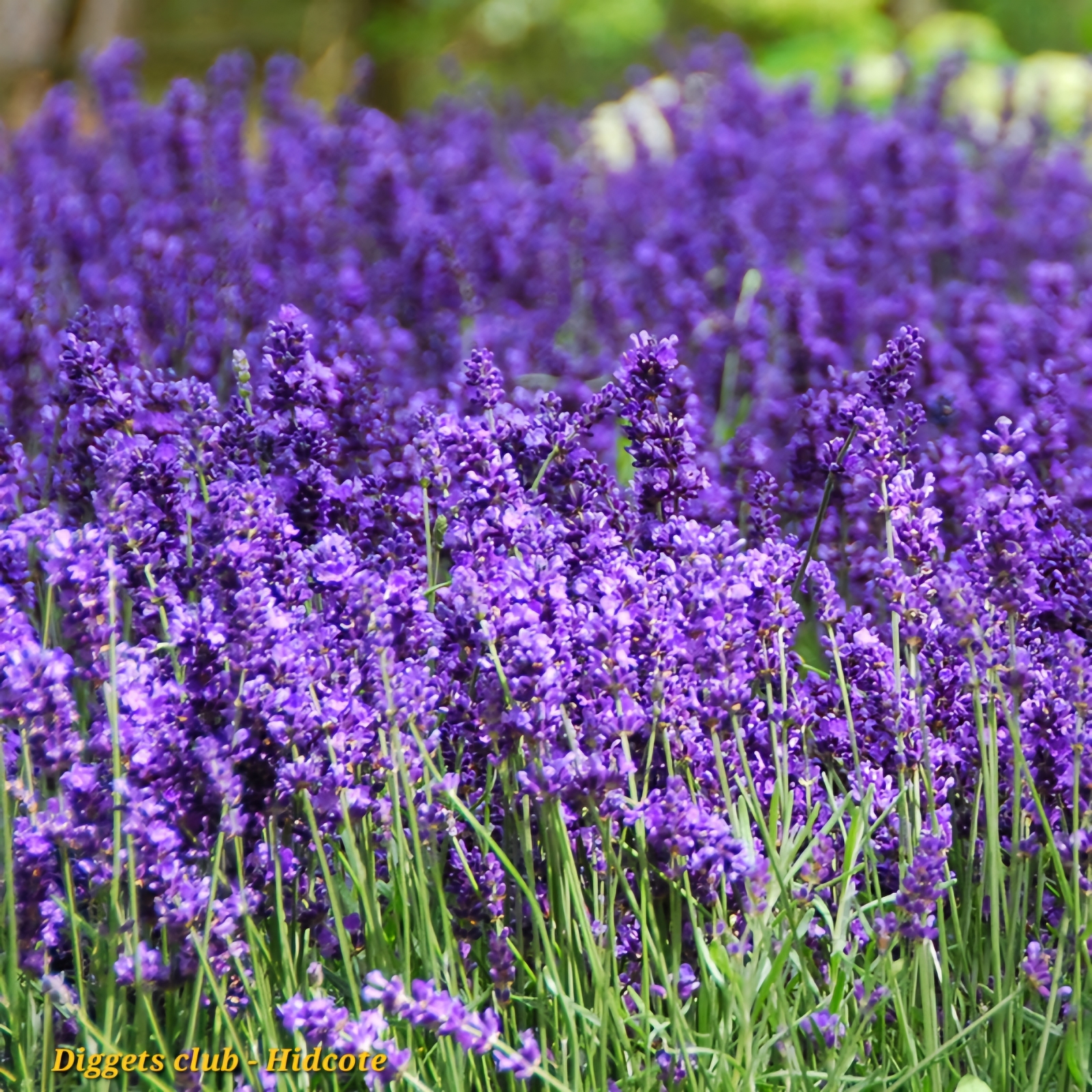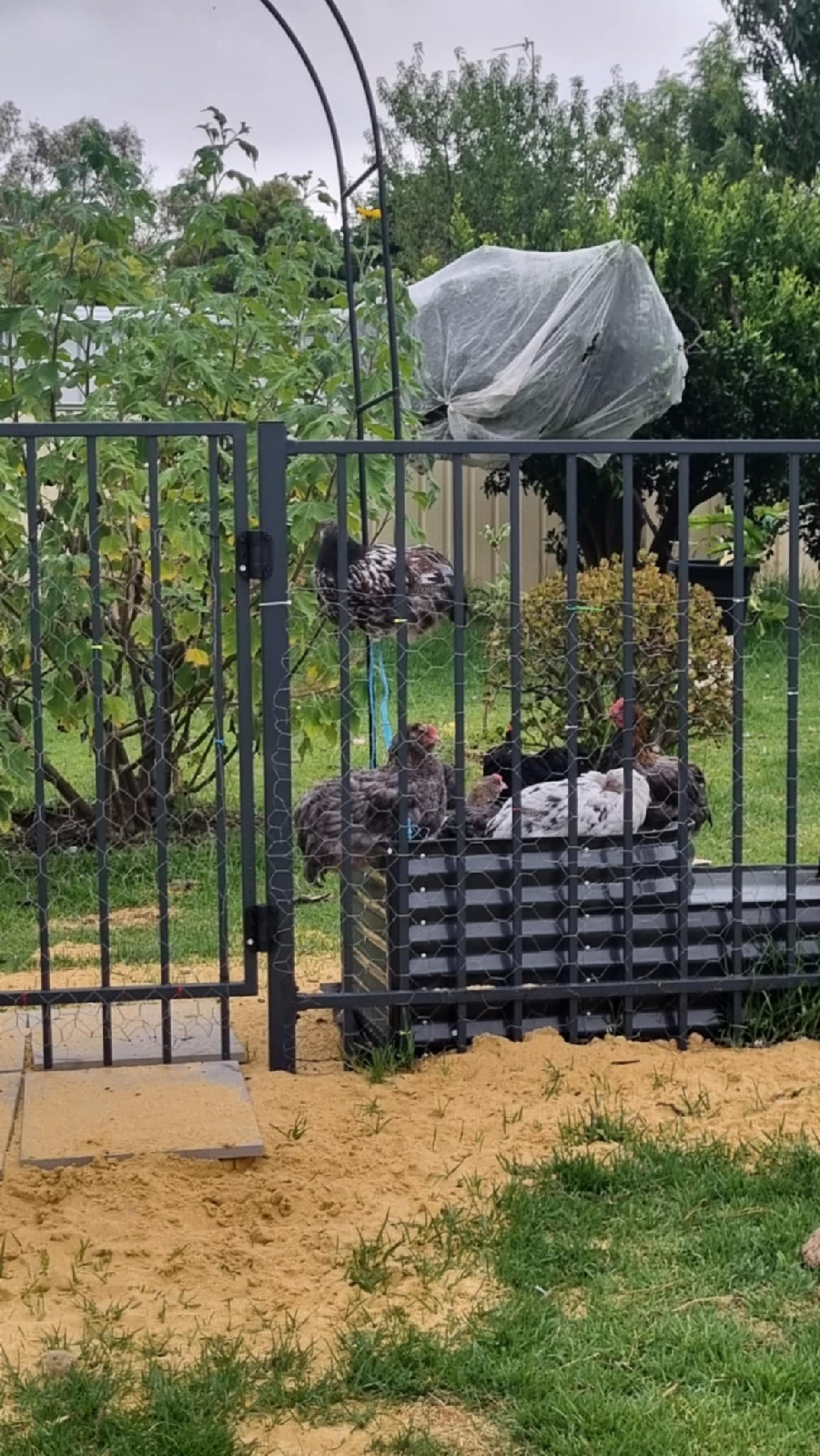Lovely Lavender
Lavender. There is nothing quite like the smell, whether it's one little bush in your yard or a paddock in full bloom, it's simply divine.





Lavender has been grown and used throughout the Mediterranean, Middle East and India for centuries. The Greeks used it in Christian rituals as a holy herb. It is still used today in modern medicines, cooking, aromatherapy and so much more.
DID YOU KNOW: Lavender is a member of the mint family! Notice the square stems?
There is currently around 45 species of lavender, each species containing their own cultivated, there's currently about 450 cultivated available. There are four main types of lavender:
. Spanish
. English
. French
. Lavandins
Spanish lavenders have a distinct tell-tale... They have bunny ears! You'll notice on the tops of some lavender flowers there are some beautiful big petals, or bracts, that stick up like a flag saying "yoo-hoo, over here" well, those are the Spanish. They usually have a good long blooming season and have strong, sweet fragrances, often used in oils. There has been a lot of cultivated released in the last few years, lots of them in your local Bunnings currently. They include:
. Strawberry Ruffles
. Ballerina
. Kew Red
English lavenders; often used for scent and cooking, are beautiful, medium sized shrubs, that generally have flushes of stunning purple, blue, violet, or pink spikes, which are generally more compact, with no petals on the tops. These tend to be able to withstand colder temperatures of they have free-draining soil. Common varieties include:
. Hidcote
. Munstead
French lavenders are said to have one of the longest bloom times of all lavender varieties. These are generally topped with terminal bracts - like the Spanish flowers, however, tend not to be quite as fragrant as their cousins. A few nice varieties are:
. Ploughman's Blue
Lavandins are your hybrid lavenders, these have been cross bred to be some of the biggest and best blooms, better disease resistance and be more vigorous. Portuguese lavenders tend to be used a lot for these hybrids crosses. The Portuguese flowers are usually loved by bees and are highly fragrant.
I honestly don't recall seeing too any around my local nurseries lately, however, here are a couple that look rather nice:
. Provence
. Grosso
There are two new releases that I am very excited to put in my garden this year. 'The Snow Princess' and 'The Prince'. I can't really say why I'm so excited for these ones, maybe it's the colours.
'The Snow Princess' has such crisp, white flowers that supposedly last ages. Plus, it's a nice size, growing 60cm tall by 90cm wide, in a neat and compact habit. It's perfect for a low hedge and is dry tolerant.
'The Prince' just seems to have this stunning, almost irreverence to its ricjlh purple-blue flower spikes. It's eye-catching and just seems to pop. Growing 50cm tall by 60cm wide, it appears a beautiful little compact grey-green ball. Long lasting flowers and dry tolerant, it's a must for me.
There are a few lavender varieties I can't help but want to pick up every time I'm in the nursery, and that's because, firstly, my bees love them, secondly, they stand up against the elements well, and thirdly, they are just all-round good plants.
1. Serenity - it flowers beautifully and frequently, it's easy to look after, and nice and small.
2. Avonview - it's just a classic in my eyes, pretty, hardy, can get leggy, bit just needs those couple of cutbacks a year to keep it nice. Wonderfully fragrant.
3. Silver Princess- this has such stunning silvery foliage, pink flowers, and the bees loved it.
Lavenders are relatively easy plants to grow, especially in my region. As a rule lavender enjoy full sun, although they will tolerate part shade conditions if on the slightly sunnier side, and need free-draining soil. They can be grown in both pots and in the ground, but the previous rules apply for pots too.
Lavender don't particularly enjoy strong winds, nor do they enjoy highly acidic soils, so keep this in mind when planting. This doesn't mean you can't grow them, just be mindful, plant them behind a fence or another shrub that perhaps buffers the wind a little. Also, there are many things that can help an acidic soil, for instance, lime. Lime is alkaline, so throw a few handfuls around when planting and that will help.
When it comes to maintenance, they require little really. A couple of times a year, go out and give them a bit of a hair cut, trimming uo those pieces that are perhaps a bit scraggly, this encourages new growth to emerge. After flowering too, dead heading encourages more blooms to appear, elongating your flowering season amd making the most of your wonderful plants.
They prefer soils that are more nutrient poor, that means we only really need to fertilise our lavenders once a year, and to make the most of this, springtime is best. You can use a bit of manure, or general purpose fertiliser. Giving too much fertiliser can actually do more harm than good.. Just a sprinkle to tide them over.
You can plant lavender most of the year round here in Oz, from February/March right through to November. I tend to lean more towards the cooler months to allow enough time for my new ladies (or gents) to put down some good new roots and get themselves adjusted for the warmer months ahead.
Lavender isn't just good for looking good and smelling nice, it has many uses. Around the world lavender is used for:
. Essential oils and fragrances
. Cosmetics
. Medicines - antibacterial and antifungal
effects
. Aiding with anxiety and depression
. Promoting sleep and relaxation
. Wheat/ heat pack scents
. Cooking
It has been used for thousands of years by humankind and I have no doubt it will be used for millenia more.
Happy planting everyone!









Comments
Post a Comment